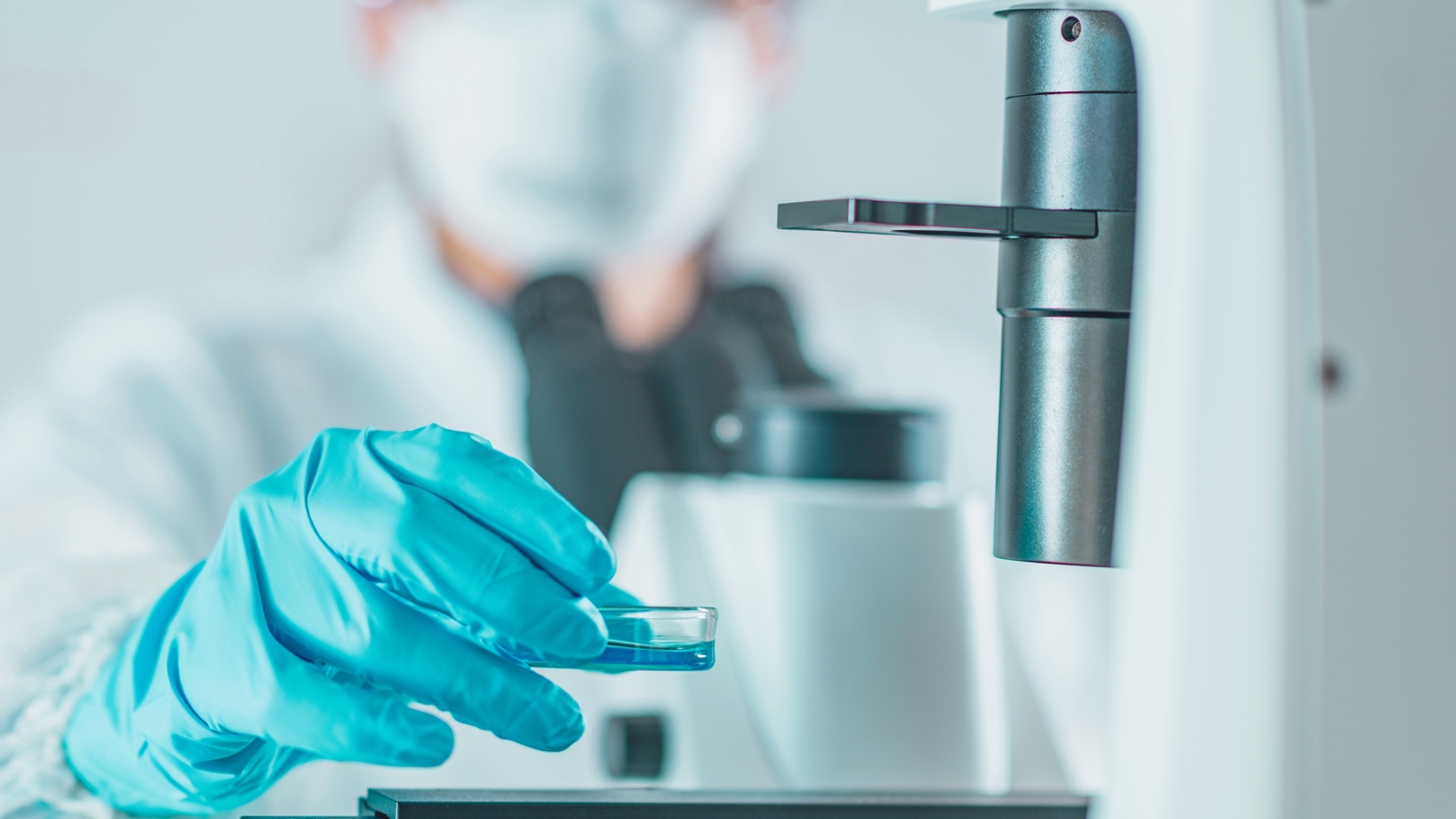How Saudi Arabia Is Turning the Camel into a Biotech Powerhouse

In an era where nations compete fiercely for leadership in high-tech sectors, few would imagine the humble camel at the heart of a bold biotechnology vision. Yet this is precisely what is unfolding in Saudi Arabia. Through pioneering initiatives like CamelX, the Kingdom is transforming the camel from a cultural icon into a gateway for biotechnological sovereignty and economic diversification.
Long associated with endurance and survival in the desert, the camel is rapidly emerging as a symbol of Saudi Arabia’s scientific ambitions, offering opportunities in agriculture, health, sustainability, and even pandemic preparedness.
Why Camel Biotechnology Matters Now
As the world struggles with supply chain vulnerabilities, emerging zoonotic diseases, and climate instability, the demand for local, resilient, and sustainable bio-based solutions is rising. Traditional biotech models, which often rely on imported organisms and infrastructure, are being re-evaluated.
Camel biotechnology offers a compelling alternative. It draws on indigenous biology that has evolved over millennia to thrive in extreme environments. Saudi Arabia also benefits from existing cultural and commercial infrastructure, from camel farms and festivals to dedicated breeders. High-value biological products such as functional food ingredients and nanobodies add further promise.
Rather than importing solutions, Saudi Arabia is now exporting innovation by looking inward, to a resource it knows best.
CamelX: A Vision, Not Just a Project
CamelX is more than a research program. It is a platform designed to foster interdisciplinary collaboration between scientists, entrepreneurs, investors, and policymakers. The initiative aligns with five core priorities of Vision 2030.
First, leadership in science. The project aims to position Saudi Arabia as a pioneer in immunology, biotech applications, and camel genomics.
Second, economic diversification. It seeks to reduce reliance on oil revenues by developing camel-derived products for pharmaceuticals, nutraceuticals, and diagnostics.
Third, cultural integration. CamelX bridges modern science with traditional knowledge, fostering public support and cultural relevance.
Fourth, sustainability. By promoting camels as climate-resilient livestock, the initiative supports sustainable food and agricultural systems.
Finally, global positioning. The platform aims to create exportable intellectual property and position Saudi Arabia in international biotech markets, while attracting global partnerships.
Building the Infrastructure for a Camel Biotech Hub
The foundation is already in place. Saudi Arabia hosts the world’s largest camel population, providing extensive data, genetic diversity, and stakeholder engagement through events such as the King Abdulaziz Camel Festival.
Now, targeted investments are needed in several areas. Dedicated research facilities must be equipped with laboratories for microbiome studies, proteomics, and high-throughput sequencing. Public-private partnerships can help scale biotech companies focused on veterinary innovation, nanobody production, and camel milk. Education programs that integrate molecular biology, veterinary science, and commercial development will be essential to train the next generation of camel scientists.
Camel biotechnology is well positioned to make a significant contribution to the National Biotechnology Strategy, which is expected to generate more than 100,000 biotech jobs by 2030.
Lessons from Emerging Markets
Other countries have demonstrated how leveraging indigenous biology can drive global leadership. New Zealand used sheep genetics to develop vaccines. India built a thriving nutraceutical sector based on traditional Ayurvedic botanicals. Brazil invested in rainforest biodiversity to discover new drugs.
Saudi Arabia’s equivalent is the desert-adapted camel. Its biology offers solutions to modern challenges such as climate adaptation and metabolic disease. Applications of camel physiology, from insulin-like proteins in milk to genes for salt tolerance and thermoregulation, extend well beyond animal science.
Camel Biotech as Soft Power
Camel biotechnology also offers Saudi Arabia an opportunity to enhance its soft power. Through initiatives such as hosting international summits and launching visionary projects like NEOM, the Kingdom is sending a clear message. It is pioneering the future while honoring its past.
In an increasingly crowded biotech sector, Saudi Arabia stands out by combining heritage with technological innovation. This distinctive branding resonates both domestically and on the global stage.
Challenges to Address
Building a camel biotech ecosystem will not be without obstacles. Regulatory frameworks for new drugs and dietary supplements remain uncertain. International investors may be unfamiliar with camel biology, prompting skepticism. Standardized protocols for clinical testing, genetic sampling, and camel husbandry must still be developed.
Overcoming these challenges will require a national strategy that blends flexible policymaking, scientific diplomacy, and international collaboration.
Conclusion: A Camel-Led Future
Camel biotechnology represents more than a commercial opportunity. It reflects a new Saudi mindset: bold, rooted in national identity, and unafraid to lead in uncharted scientific territory.
As CamelX gains momentum, Saudi Arabia is doing more than advancing camel research. It is establishing itself as a leader in a biotech domain with untapped potential and global relevance.
In a world where innovation often feels detached from culture and sustainability, Saudi Arabia is demonstrating that the solutions of tomorrow may be found walking across the sands of its past.
References
- Wu, H., Guang, X., Al-Fageeh, M. B., et al. (2014). Camelid genomes reveal evolution and adaptation to desert environments. Nature Communications, 5, 5188.
- Muyldermans, S. (2013). Nanobodies: Natural single-domain antibodies. Annual Review of Biochemistry, 82, 775–797.
- Saudi Vision 2030. (2020). National Industrial Development and Logistics Program. Retrieved from: https://vision2030.gov.sa
- FAO. (2021). Sustainable Livestock for Sustainable Development. Food and Agriculture Organization of the United Nations.
- Al-Swailem, A. M., et al. (2010). Sequencing and analysis of the Camelus dromedarius genome. King Abdulaziz City for Science and Technology (KACST).
